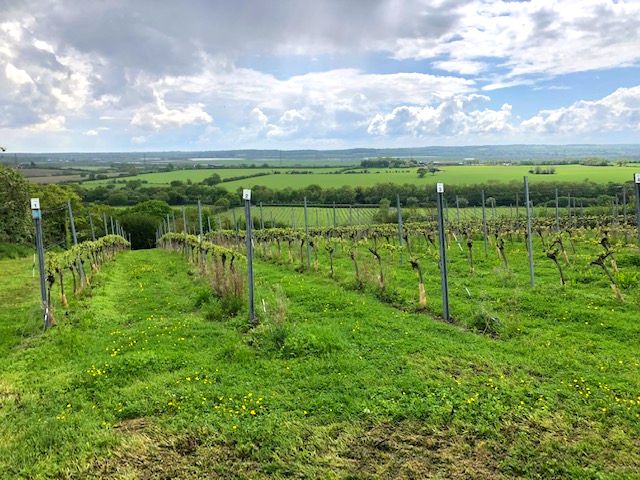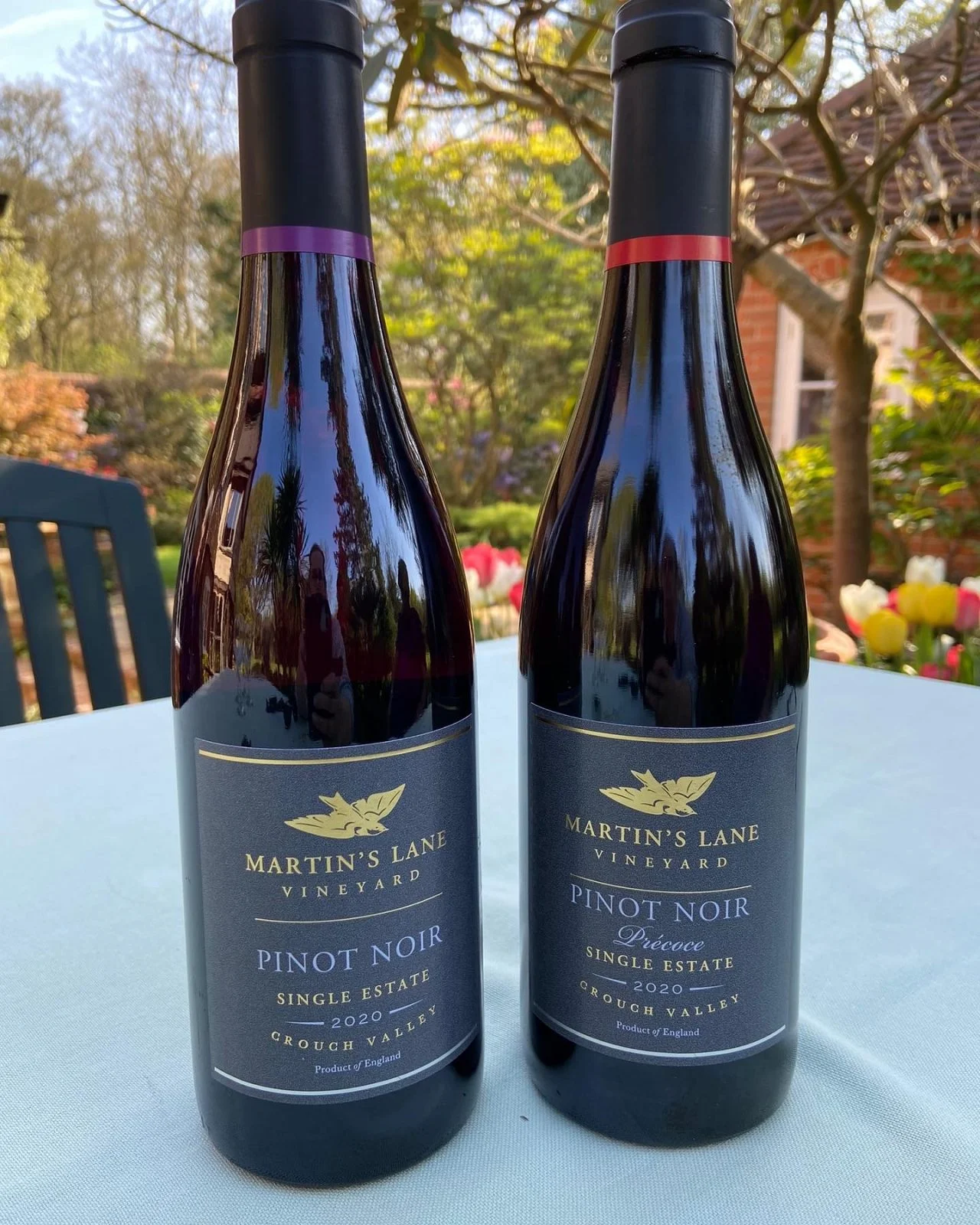
Back in May, when the weather was refusing to warm up and the grey skies seemed to be sticking around for the foreseeable future, we ventured across the border to Essex. Specifically to the Crouch Valley.
The aim of our visit was not to chase the good weather but to see for ourselves what all the hype is about. This little pocket of Essex has become the talk of the town (in nerdy wine circles) and, given our close proximity, we thought it sensible to know why. Over the last 15 years vineyards have been cropping up across the valley with more and more land given over to the vine. Farmers can now earn more growing and selling grapes than they can the more traditional crops.
In sight of Southend and the Dartford Crossing the river Crouch cuts a fairly wide path out to the sea. The north facing slopes that run along the valley are where most of the vineyards are found. Unlike Sussex, Kent and Hampshire, the focus is on still wines not sparkling. Pinot Noir, Pinot Noir Précoce (early ripening variety), Chardonnay, and Pinot Gris have all performed remarkably well in this little enclave thanks to the areas distinct micro climate. It is one of the driest and warmest places in the UK, this combined with the clay based soil, has proved to be a winner for these grape varieties. The fact they are so close to the river estuary also means the likelihood of frost is minimal.
The excitement surrounding the area is driven by the remarkable level of ripeness achieved in the fruit grown here. The production of still wines in the UK has always struggled with the lack of sugar levels/potential alcohol that the wines can reach. Sparkling wines benefit from a cooler climate as high acidity is ideal for production but still wines require that next step up in ripeness.
The day we arrived was wet but certainly not cold. We had carefully researched the area and thought it best to go right to the source (as it were) and speak to the man of the hour, Roy Martin of Martin’s Lane Vineyard. Roy is a long standing resident of the Crouch Valley who is working hard to put the area on the wine map. 15 years ago he persuaded several family members as well as neighbours to club together to buy a patch of land he thought might be perfect for grape growing. The gamble seems to have paid off and the collective now own around 30 acres of land on the north facing slopes outside Stow Maries.
Roy is a man of many words which is ideal for those looking to learn all they can about the Crouch Valley both past and present. We got a thorough run through of the area’s vine growing story which shed some light on why there are so many vineyards cropping up around here. It would seem many (a really large number) of English wines are made with grapes grown on these slopes. From Hampshire sparkling to Norfolk Bacchus and Cornish Pinot Noir, the fruit from the Crouch Valley is providing the ripeness needed for many of these wines to be viable. The average ABV for red wines in the UK is around 12% but at Martin’s Lane Vineyard they are consistently hitting 13 – 13.5% ABV – the magic number for balance and precision.
And so, the natural progression was always going to be for these grapes to stand alone and show what they can offer.
The concept of terroir is not put forward that often in English wines (which is just as well given the clearly wide spread use of bought in grapes). There are a number of English Sparkling wines that push the idea of chalk based soils being the reason for their success but, there are few wines produced in the UK that work on the principle of site specific, single varietal production. But that is changing and the Crouch Valley seems to be leading the charge.
After our vineyard tour and talk we were offered a taste of the Martin’s Lane wines and must confess that we have now got on board with the hype.
The fear with English still wines is that they are going to be a bit of a novelty: it’s great that people are trying in England but ultimately we’d rather a bottle of Burgundy or Chablis.
Much to our relief this sentiment didn’t arrive with the Martin’s Lane wines. These are wines of quality and balance that don’t require a comparison to others.
2020 Martin’s Lane Vineyard Pinot Noir £29 per bottle The vines used for this Pinot Noir are all German clones and are from the original plantings back in 2010. The wine is deep in colour with the classic Pinot Noir cherry hit on the nose and an elegant and refined character on the palate. Whilst delicate and soft it has a touch of earthiness that provides a good counter to the full, dark berry fruit. |
2020 Martin’s Lane Vineyard Pinot Noir Précoce £29 per bottle This is an early ripening Pinot Noir clone more commonly found in Germany that has performed well in this area of the UK. The wine feels younger and a little more frivolous than the straight Pinot Noir. Lots of ripe, fresh, red fruit with a good weight and a smooth finish. Less cherry, more raspberry. |
2020 Matin’s Lane Vineyard Chardonnay £29 per bottle A good amount of thought has gone into the production of the Chardonnay. The fruit comes from two sets of vines, one Burgundy clone and one German, the style of which is aromatic and fresh. The decision was made to leave this wine unoaked which has proved to be sensible – a good hit of citrus, a touch of grass on the nose, and a lovely undertow of white flowers. |

